Stellantis Cuts 10,000 Italian Jobs Since 2020
Union Says Automaker’s Production Has More Than Halved Since 2004
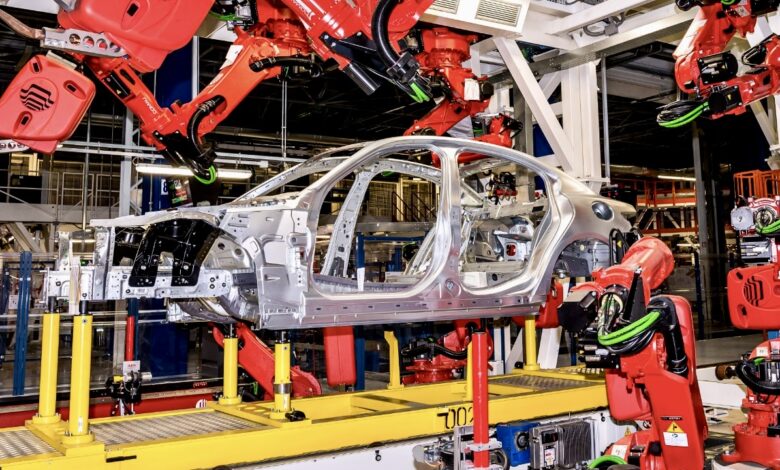
Stellantis has reportedly eliminated nearly 10,000 jobs in Italy over the past four years, according to a new report from the Fiom-Cgil union. The announcement highlights the challenges the automaker is facing as it adapts to shifting demand, the transition to electrification, and growing pressure from Chinese automakers.
The union says Stellantis’ Italian workforce has dropped from 37,288 employees at the end of 2020 to 27,632 by the close of 2024. That’s a steep reduction in just four years. Meanwhile, overall vehicle production in Italy—including cars, vans, and small trucks—has been on a long downward slide, dropping from about one million units in 2004 to fewer than 480,000 in 2024.
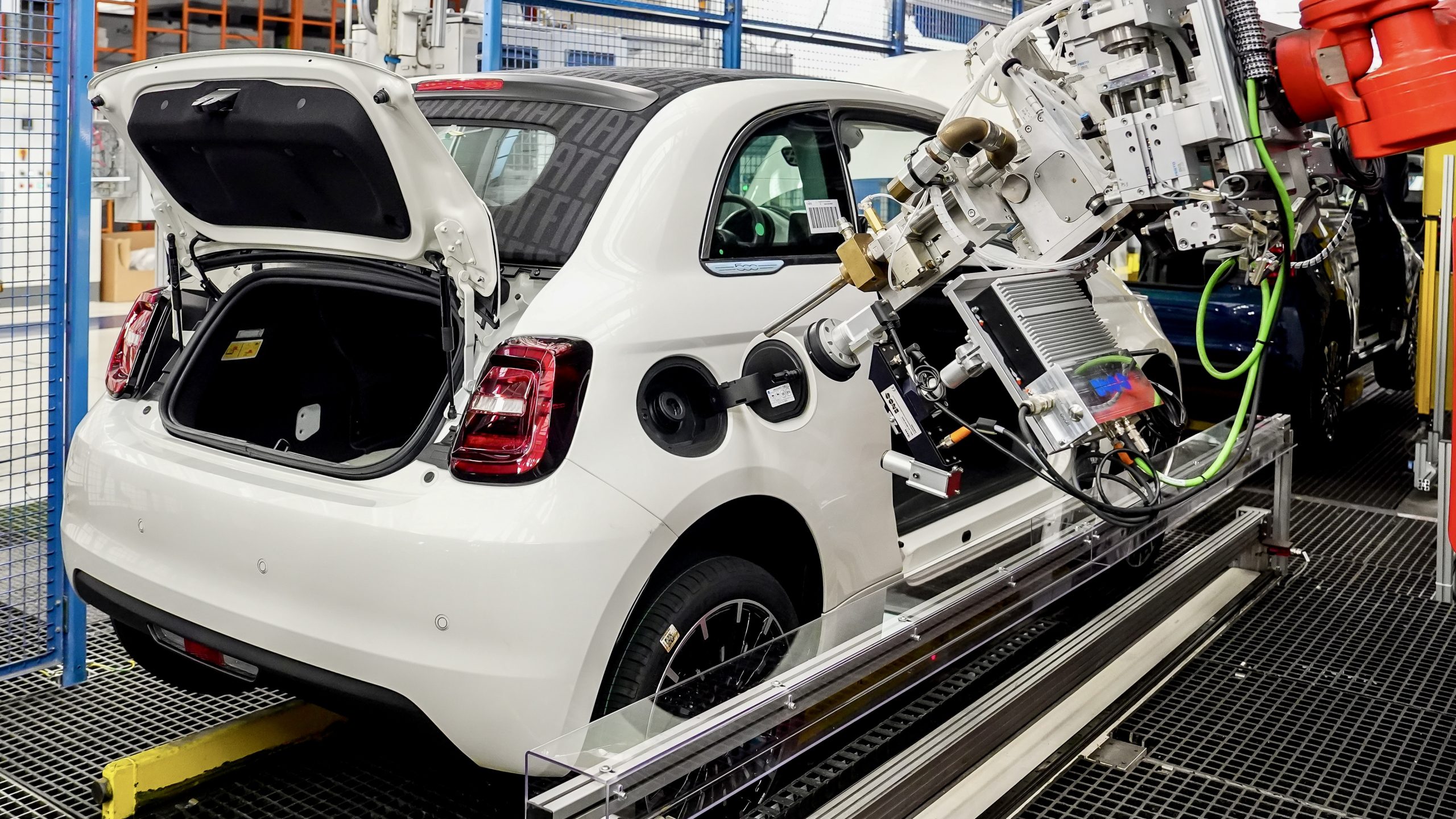
The report, titled “Stellantis: The Great Escape,” paints a grim picture of the automaker’s position in its home market. In addition to job cuts, Stellantis has steadily lost share in Italy and across Europe. The company’s market share in Italy fell below 30% last year, down from more than 35% just two years earlier.
Unions say Stellantis’ shrinking footprint reflects broader industry problems: higher interest rates, weaker car demand, and the company’s slow response to rising EV and hybrid competition. For now, Stellantis hasn’t commented on the claims.
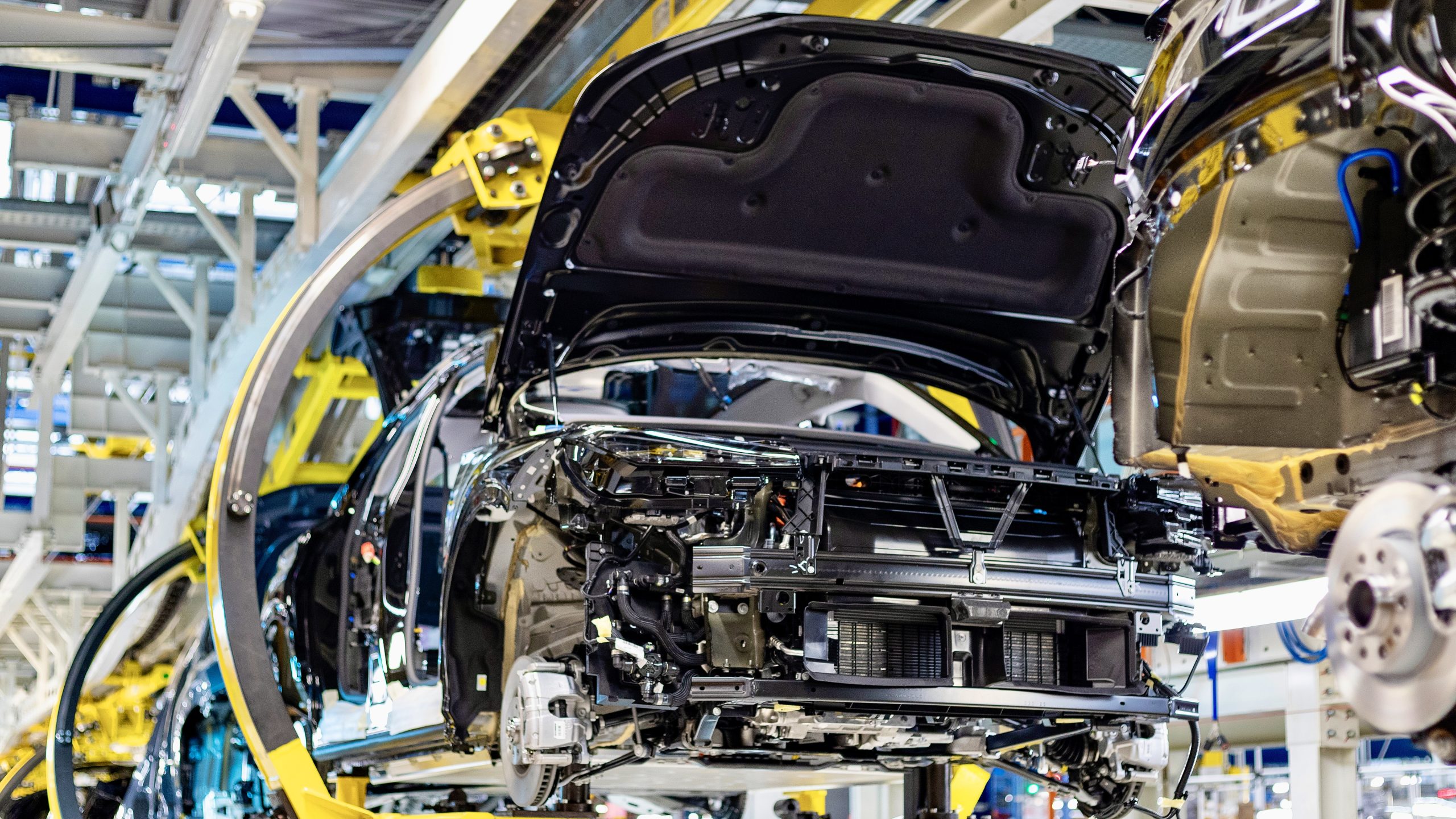
Still, the automaker insists it’s committed to Italy. One bright spot could be the upcoming hybrid version of the Fiat 500. Production is set to launch later this year at the historic Mirafiori Assembly Plant in Turin. Stellantis hopes that refreshed models like this can boost sales and stabilize its Italian operations after years of decline.
Whether one new model can compensate for years of job losses and declining production remains to be seen. For now, Stellantis faces the difficult task of balancing cost cuts with the need to keep Italy at the heart of its European business.
Source: Reuters

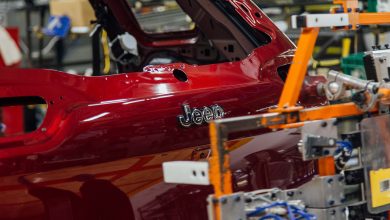

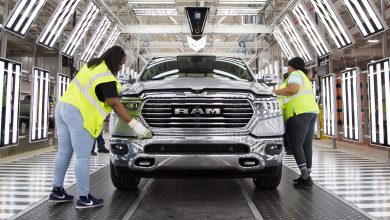

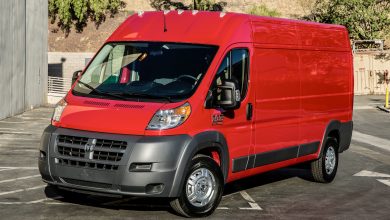
3 replies
Loading new replies...
Join the full discussion at the Mopar Insiders Forum →